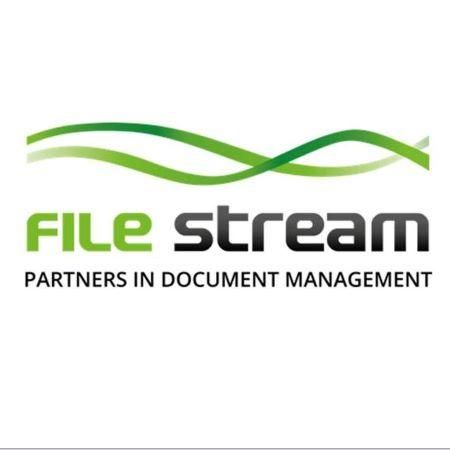SHEDDING LIGHT ON A GREY AREA
The number of companies relying solely on their own fleet of vehicles to provide mobility for their employees has been declining for several years. Conversely, the number of employees using their own vehicles for business purposes has increased significantly. It’s those employee-owned vehicles used for business purposes that are termed grey fleet vehicles.
Though grey fleet vehicles are not companyowned or leased, the employer is still legally responsible for the use of such vehicles whilst out on company business. More specifically:
- employers need to apply Health & Safety Executive (HSE) work-related road safety guidance to both their own fleet and their grey fleet, see https://www.hse.gov.uk/roadsafety/
- employers must fulfil their obligations under the police-administered Road Traffic Act (RTA) and Road Vehicles (Construction and Use) regulations
- employers also have duties imposed on them by the Driver and Vehicles Standards Agency (DVSA)
To meet that legal responsibility, an employer needs to put in place robust processes and procedures. The following are twelve key management responsibilities:
- a nominated person has specific responsibility for grey fleet management
- drivers are formally authorised to drive their own vehicles on company business
- the grey fleet vehicle is correctly insured for the type of business use to which it is put
- the vehicle is roadworthy particularly given the average age of a grey vehicle tends to be higher than a company-owned or leased vehicle
- the driver holds the correct driving licence and any convictions are disclosed
- drivers are fully aware of the company’s stance towards drug and alcohol use and abusea driver is fit to drive and meets legal eye-sight requirements
- every driver is issued with an appropriate ‘driving for work’ handbook
- drivers are competent from a driving style, behaviour and road risk awareness perspective
- drivers identified as being potentially at risk receive appropriate training
- drivers that may have been off the road for quite some time are equipped to get safely back behind the wheel
- driving style and behaviour is monitored
Putting in place appropriate processes and procedures such as those outlined above can be a time-consuming process. It may be for that reason that some firms may fall short of meeting their obligations.
A firm may for a while get away with not taking their obligations as seriously as they should. The crunch really comes in the event of a serious or fatal accident. Were that to happen, no stone will be left unturned and that process of investigation and potential prosecution could prove not only time consuming, but extremely stressful, particularly for those in senior positions. The consequences of conviction could be particularly painful, not just on the individuals involved, but also for the company itself.
The good news is turnkey grey-fleet management solutions are available to firms looking for a ready-made easy to use answer to the challenge of meeting their obligations under legislation and relevant best-practice. From an IT solution perspective, sitting behind a user-friendly frontend, the system will typically include automated access to appropriate government databases.
Available solutions also include driver profiling software that enables each driver to personally assess their road safety awareness. Completion of such an assessment can lead to automatic selection from a dynamic suite of on-line modules those that should help address specific development needs identified during the on-line assessment. Incar training may also be warranted which (subject to Covid19 restrictions) is also available.
To find out more about how Towergate’s Safedrive business can help take the pain out of managing your grey fleet exposure, talk to your usual Towergate contact.
Find out more about Towergate Insurance HERE!

















